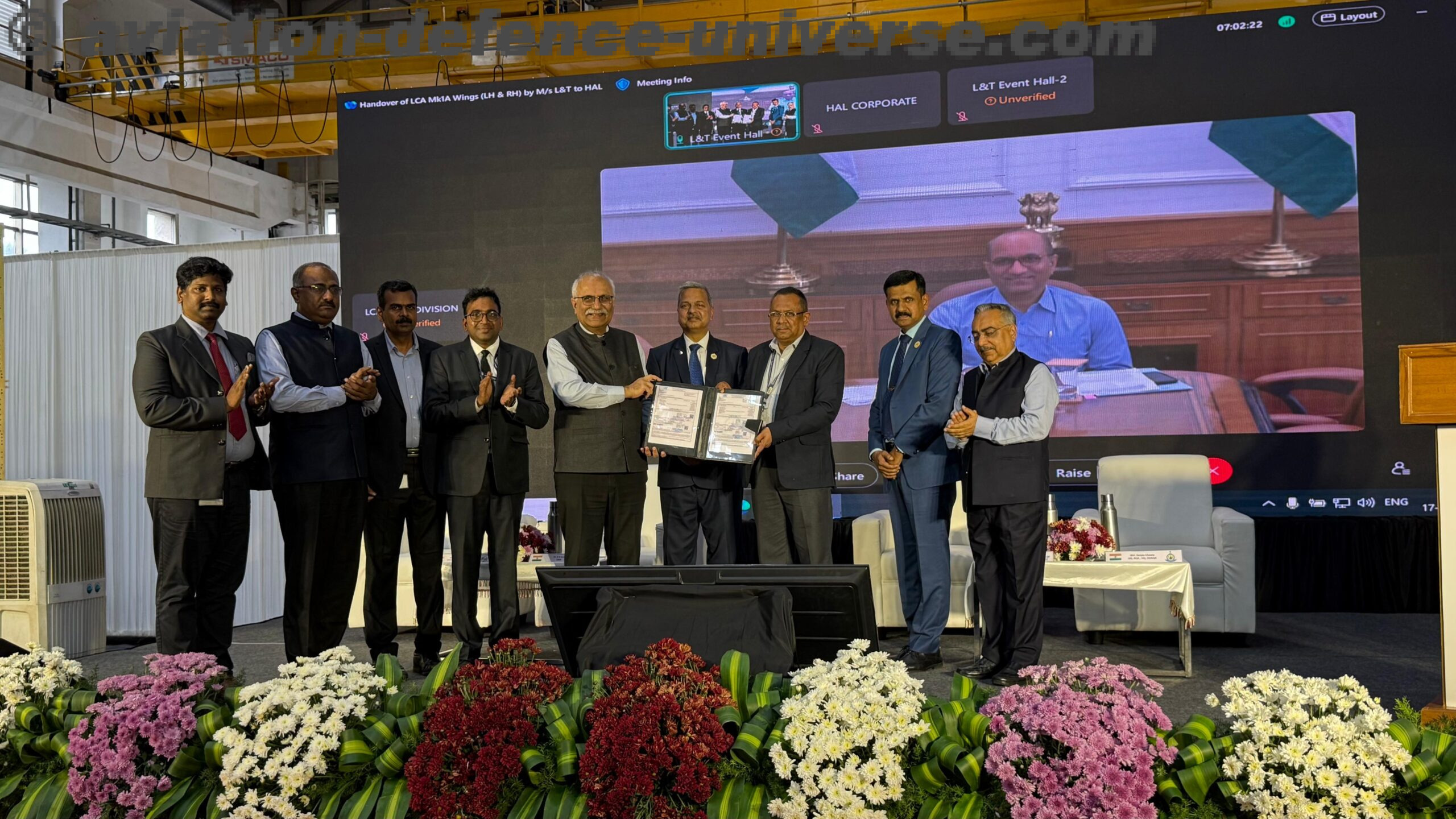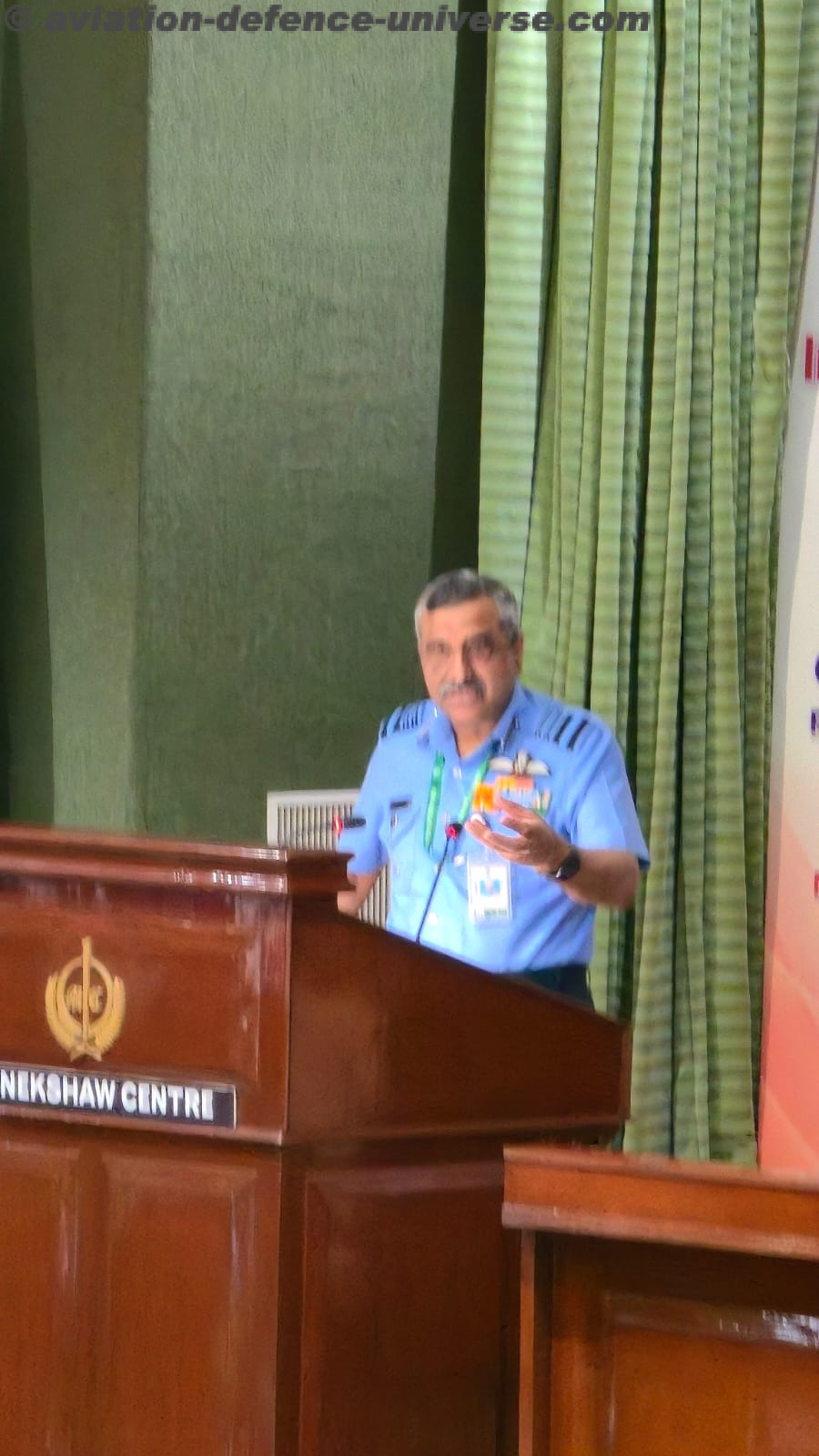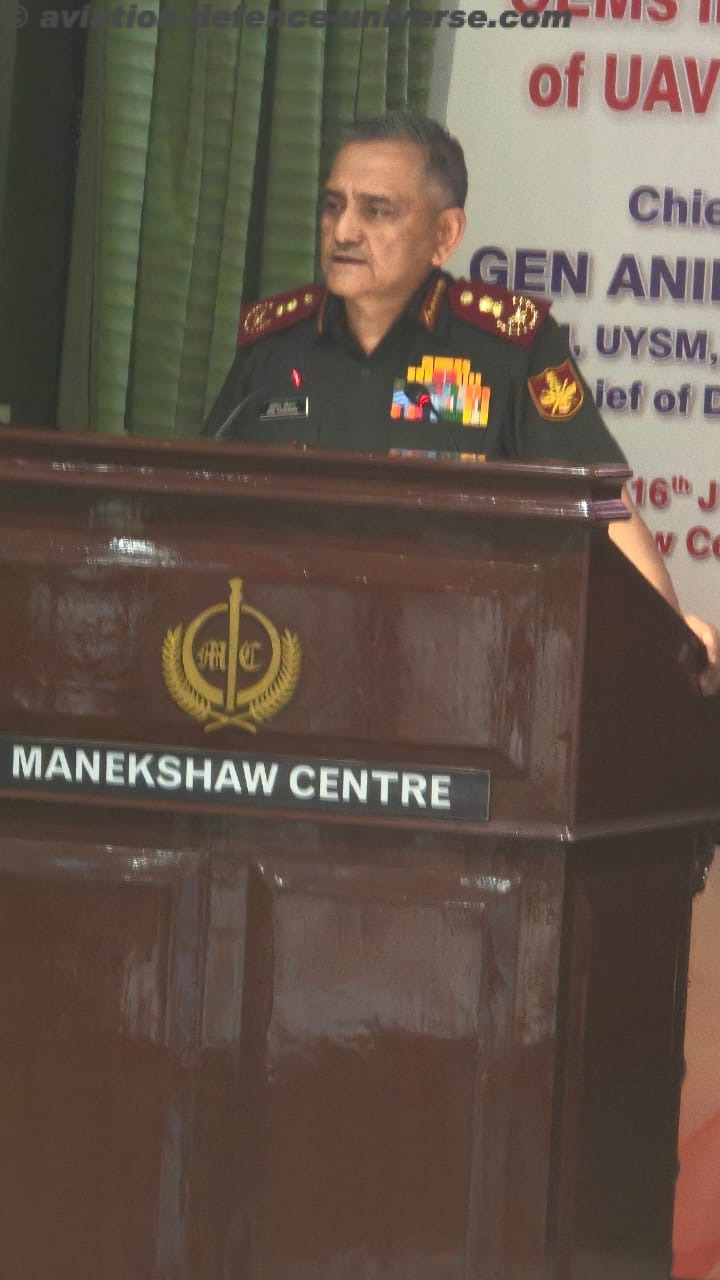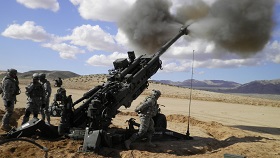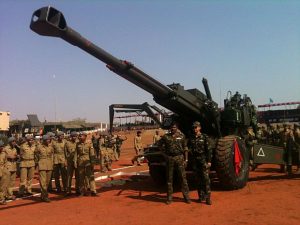By Sangeeta Saxena
New Delhi. 28 September 2023. When JFC Fuller said artillery conquers and infantry occupies, little did he know that his quote would be the motivation mantra for generations of gunners in armies of the world. And industries globally will make gun manufacturing their contribution to modernizing these armies . With its M777 guns giving the Artillery Corps strength, BAE Systems has played a prominent role in the modernization of the Indian Army.
The Global Combat Systems branch of BAE Systems produces the M777. The manufacturing and assembly of the titanium structures and related recoil components, as well as prime contract management, are all headquartered in Barrow-in-Furness in the United Kingdom. The weapon’s final assembly and testing are done at the BAE facility in Hattiesburg, Mississippi, in the United States.
With a weight of 4,200 kg, the M777 is half as heavy as a typical 155 mm towed cannon, making it possible to airlift it to far-off mountainous boundaries. The extremely light howitzer is designed to give the Indian Army’s Integrated Battle Groups that are stationed in the mountains the bulk of their artillery capability.
For an in-country Assembly, Integration & Test (AIT) facility for the M777 Ultra Lightweight Howitzer, BAE Systems has partnered with Mahindra as its commercial partner. The facility will play a crucial role in the M777 manufacturing process and give the Indian Army access to local M777 maintenance, spare parts, and support.
The Excalibur precision munition recently acquired for the Indian Army can also be combined with the M777, which is combat proven in Afghanistan. The Excalibur reportedly extends the range of this ultra light gun to about 40 km.
In order to access the BAE Systems group’s Air, Land, Sea, and Security programs, BAE Systems will make an offset investment in Indian defense suppliers totaling more than $200 million as part of this procurement.
A significant milestone in the projected $750 million program to arm the Indian Army’s mountain warfare formations with light artillery has been reached with the start of the supply of these combat tested titanium artillery pieces from an M777 Assembly Integration and Test (AIT) facility in Faridabad. The facility was established by BAE, the original equipment manufacturer, in collaboration with Mahindra Defence Systems Ltd. It is the focal point of the Mahindra Defence Systems Ltd. component for this agreement and is responsible for paying out offset liabilities. about 40 Indian businesses.
From an Indian point of view, the M777 is advantageous to the Artillery since it offers 155mm firepower and lethality with greatly greater mobility, allowing the platform to be transported to difficult-to-reach or occasionally impossible-to-reach places. High mountain ranges, isolated islands, and any rapid deployment operation can now be reached with the M777’s completely new level of improved capability. It can be towed, airlifted, dropped from the air, etc. The Indian artillery has mostly benefited from the M777 purchase in terms of increased mobility and quick deployment. In addition, the Indian Army selected an artillery platform that is highly dependable, battle-tested, and has been in use for more than 10 years. It is designed to be lightweight and dependable, straightforward to use and maintain, precise, and stable.
Lets understand its Indian story. Initial plans to purchase 145 weapons for 30 billion (US$376 million) were made public by the Indian Army. When the procurement procedure was initiated in July 2010, purchase plans were surpassed. The proposal to purchase 145 weapons for US$660 million from the US Government through the Foreign Military Sales (FMS) procedure was approved by the Indian Ministry of Defence on May 11, 2012. This was presented to the Ministry of Finance for approval, and the Cabinet Committee on Security would then consider it for final approval. India proposed the purchase of 145 M777 howitzers for US$885 million on August 2, 2013.
The transaction was again put off in February 2014. The purchase was authorized by the Indian Ministry of Defence in May 2014. The Indian government declared in July 2014 that it will not purchase the weapons due to financial constraints.The “Make In India” program restarted the selection process in November 2014. The Ministry of Defence gave the go-ahead to spend 29 billion rupees (2,900 crore) to purchase 145 M777 lightweight howitzers from the US in May 2015. The Indian Ministry of Defence stated in December 2015 that it was eager to place a follow-up order for 500 additional M777 weapons.
India would spend US$750 million on 145 guns, it was revealed in June 2016.The Indian government finished the transaction to purchase 145 howitzers from the US in November 2016. According to the arrangement, Mahindra Defence Systems Limited produced 120 guns in India, and BAE Systems provided 25 ready-built howitzers.
In 2017, the United States sent the Indian Army its first shipment of two howitzers, which were in operational condition. One of the howitzers’ barrels was damaged in September 2017 when firing during calibration tests. During the Himvijay exercise in Arunachal Pradesh, which included freshly built integrated combat formations, the Indian army used the M777 howitzer.
A total of seven artillery regiments were planned, each of 18 guns. The first regiment was planned to be raised by the end of 2020 with 15 guns supplied by BAE systems and three guns supplied by Mahindra Defense Systems Limited. In July 2020, in the wake of escalating tension with China, further purchases of Excalibur shells were announced by the Indian Ministry of Defence. Several of these howitzers were deployed in the Ladakh area and the north eastern state of Arunachal Pradesh at the border with China.
And as we celebrate Gunners Day 2023, it will be interesting to note that from the war in Afghanistan to the Russo-Ukraine war M777 has seen most of the battle zones since 2001 and has successfully performed in the face of the enemy.












